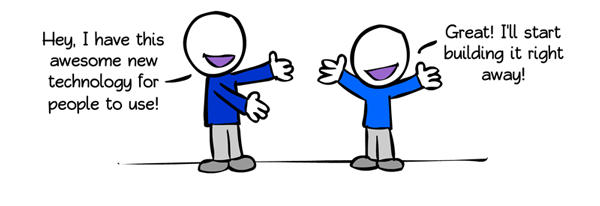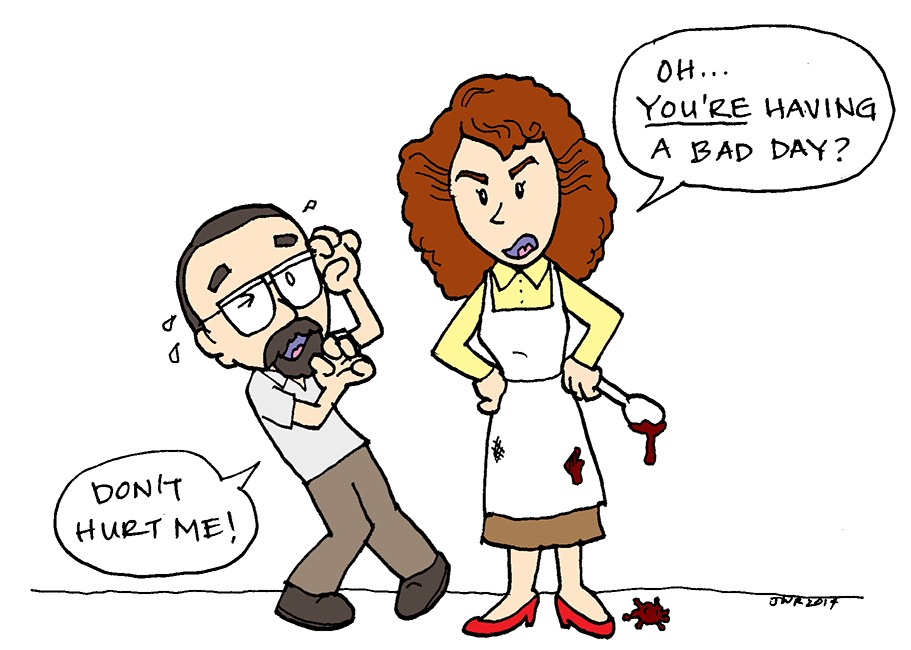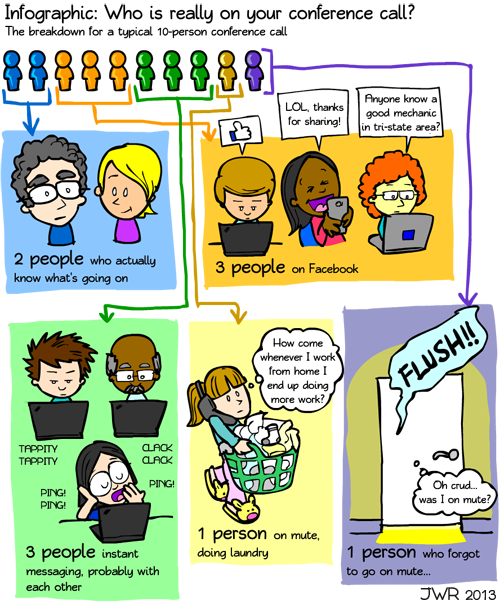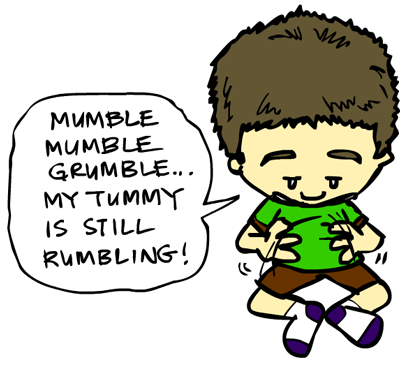It’s a good thing this blog post was written by a man. If it were written by a woman, she would be vilified among every feminist and mom (both stay-at-home and working ones!) circles. But instead, this blog post is lauded among techies, especially ones that think “omg this describes me to a T[-shape]”.
Women have actually already gone through this “full stack” baloney. Remember “Lean In”? “Having it all”? The plight of working moms? We’ve had these debates ad nauseum, and have come to the conclusion that not everyone can or wants to do everything, we shouldn’t speak down on people who can’t do it all, we shouldn’t put those who can do it all on a pedestal, and we shouldn’t force there to be a single “right way” of doing it.
I was just so glad someone wrote a decent response to the “full stack employee” post.
Unfortunately, the continuous pursuit of professional skillsets tends to diminish the boundaries between work and everything else, leaving you with less and less time to actually grow as a human being. – Elea Chang
Maybe that’s why we’re having such a tough time with diversity in tech. We’re asking people to value those who live and breathe work. Sure, loyalty and passion is great, but not at the expense of enjoying the rest of life. We’re spending so much time trying to do everything ourselves that we can’t understand that being human doesn’t mean being completely self-sufficient…it’s more about understanding enough about everything so you can talk and work with others effectively.
There will still be people and companies who only want “full stack employees” because it will be the buzz-phrase of the year, but I disagree that it’s going to be the future of work. I think it will be a detriment, because there will be constant “no, I’m a bigger polymath, I can do this” and “oh yeah? well can you do that?” that I just don’t know when they’ll ever get any work done. Maybe we’ll just put them in a room together with a bunch of new moms and see how that discussion goes. 🙂



















